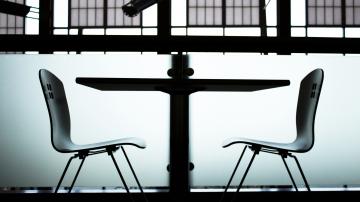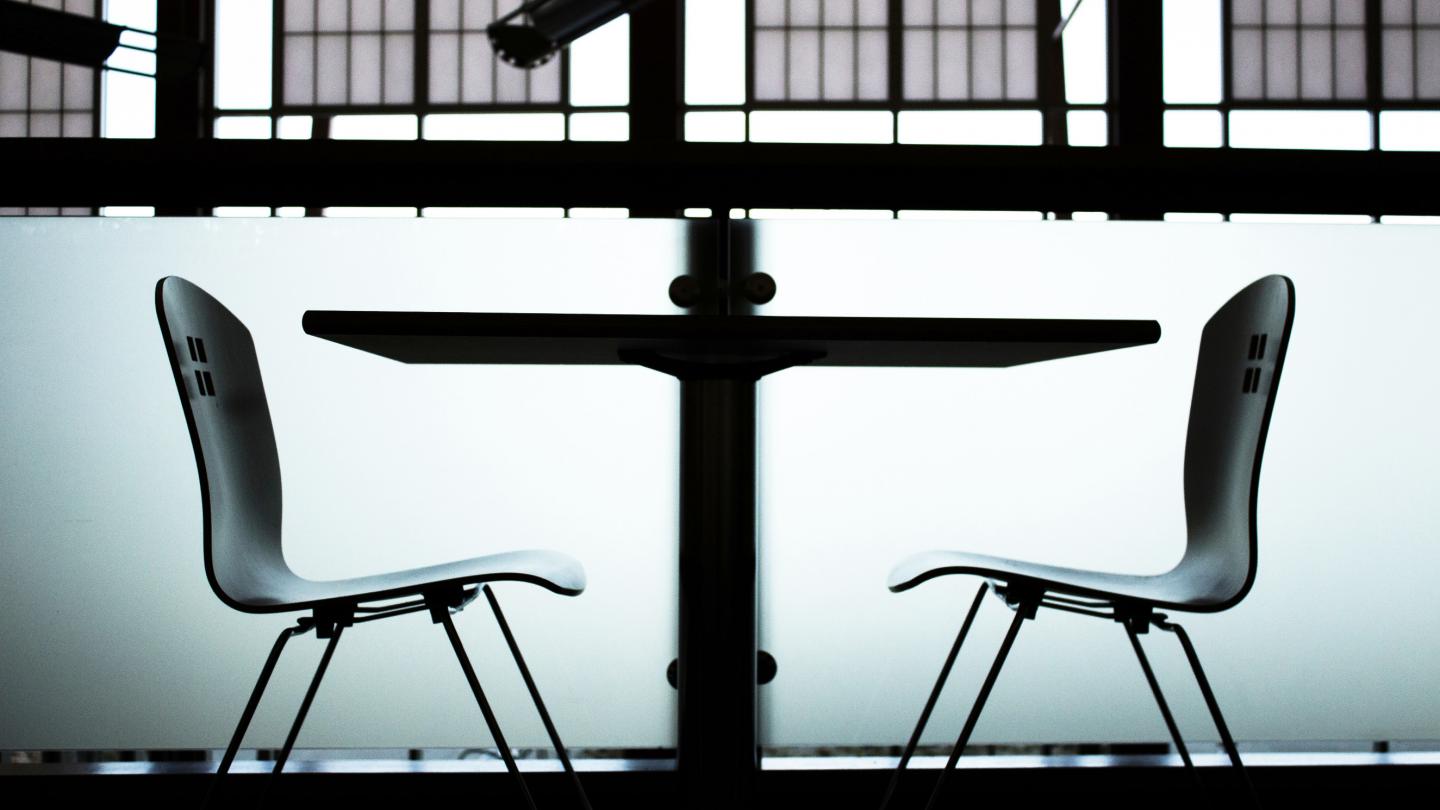
Jean Pfiffelmann is an associate professor at EM Strasbourg and director of marketing & information systems within the HuManiS research center. We asked Jean Pfiffelmann about the INSPIRE methodological tool.
- How do you see INSPIRE helping to develop a research culture among students and enabling researchers to involve students more effectively in high-impact research projects?
In my opinion, INSPIRE enables students to develop their research culture in a fun, hands-on way. They use the laboratory and are introduced to its equipment as part of their courses, but they can also use it independently by reserving the various INSPIRE rooms (i.e., INSPIRE Qualitative, INSPIRE Quantitative, INSPIRE Studio). The use of this tool, and in particular its various facilities, enables students to engage in case studies that are more qualitative, more impactful, and more rooted in research.
As far as involving students in research projects is concerned, although I don't like the idea of using students' work for research that could be published, I have to say that I have written an article with two former EM Strasbourg students on their case study research topic. It is therefore possible to continue collaborating with former students after the completion of their case study, provided it is of high quality, with a relevant research topic and qualitative data.
- What are the functions of the various INSPIRE rooms?
The INSPIRE Qualitative room enables students to carry out brainstorming sessions. For example, they can develop research questions, draw a conceptual model linking their variables, think up an experimental design (with a 2 x 2 factorial design, for example), etc. This room is also useful for group work, as well as for individual or focus group interviews, which can be recorded in a quiet environment. Finally, as a case study supervisor, I use the room for case study follow-up meetings, as the board allows me to note down ideas, help them create their conceptual model, draw graphs comparing averages, and so on.
The INSPIRE Quantitative room provides computers for students and faculty alike. As part of their research, students can use them to design their own questionnaires on Qualtrics or to carry out massive data collection for greater efficiency. In the future, I'd also like to use this room to train students in Implicit Association Testing (IAT) by installing a program on the computers and having students perform a test as part of their case studies/theses. These tests enable us, for example, to look at implicit associations with brands.
Finally, INSPIRE Studio is a real place of creativity for students. They can record videos with high-quality equipment and edit them directly. For example, they can present marketing theories, such as this one. In addition, they can also produce a video on their master’s thesis for online distribution. This enables them to demonstrate their expertise and soft skills to their future employer and thus stand out in the job market. The INSPIRE Studio room is equipped with an eye-tracking system, a camera and software to record eye movements and screen fixations. Students can then carry out eye-tracking studies to observe what consumers are looking at on advertisements, packaging, or websites.
- In addition to this eye-tracking equipment, you've also created the course Marketing de l'attention et eye-tracking. Can you tell us a little more about it?
Indeed, I designed this course to teach students the theoretical and technical principles of eye-tracking, how to design an eye-tracking experiment, and how to analyze eye-tracking data with hypothesis testing.
Eye-tracking has a dual role:
- It gets students interested in research and involved in a fun way.
- It could make it possible to obtain data that is difficult and time-consuming to collect from students, but the supervisor must ensure the qualitative nature of the data, and the students must be highly committed and involved in this process of publishing their research, which can take several years after the master’s thesis has been completed.
Following this course, a case study group used the eye-tracking equipment in INSPIRE Studio and carried out their eye-tracking experiments independently. In this way, they were able to analyze the data extracted from the software on their own and integrate the results of their analyses into their case studies, without any help from me. This showed me that students can use the lab on their own and gain in research culture by using neuroscience material, provided they have had a course on the subject beforehand.
Thank you for taking the time to answer our questions!
